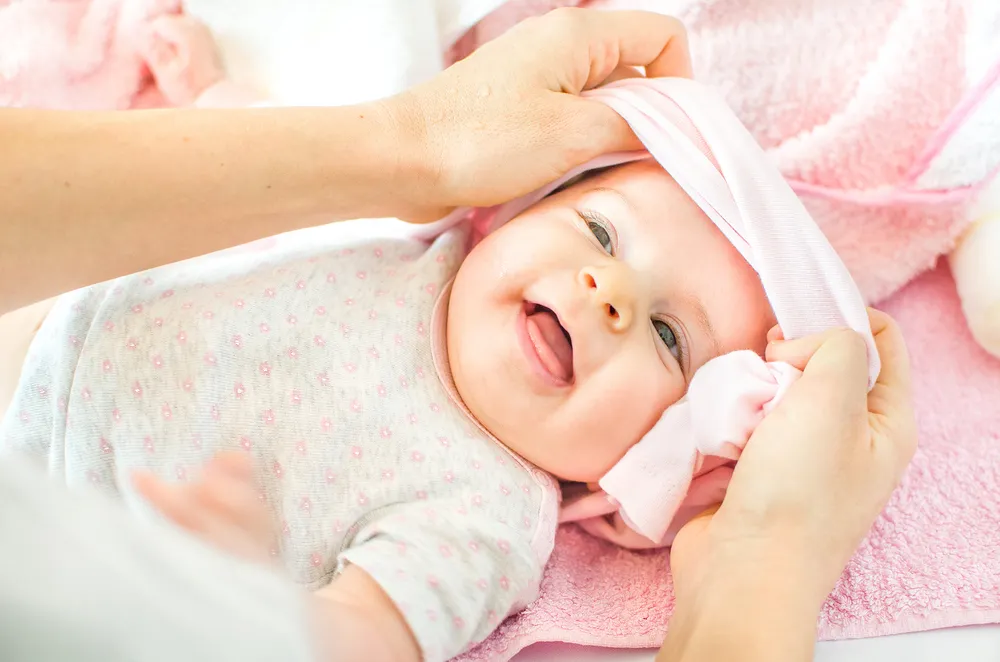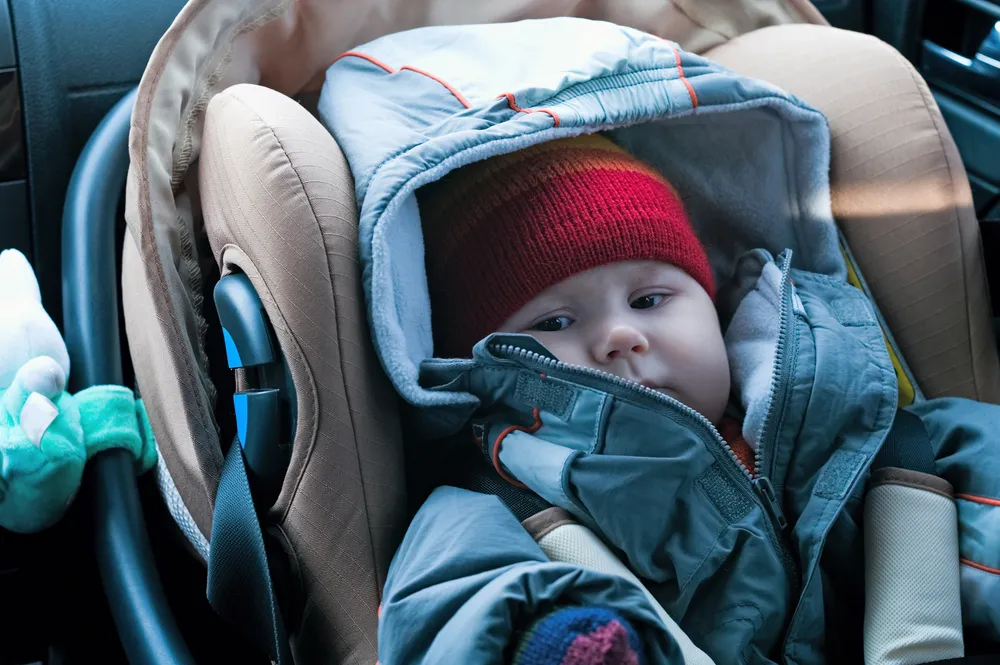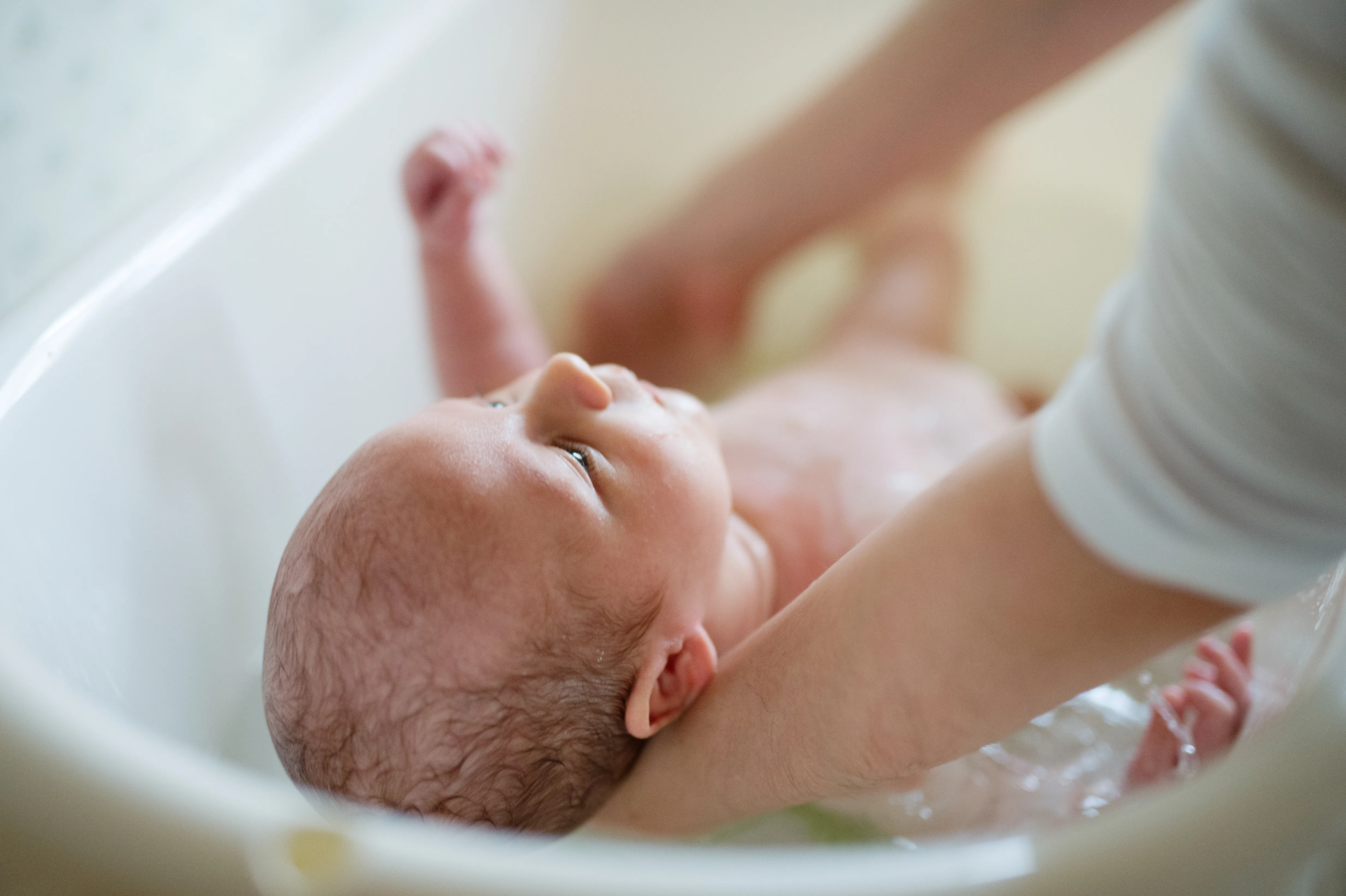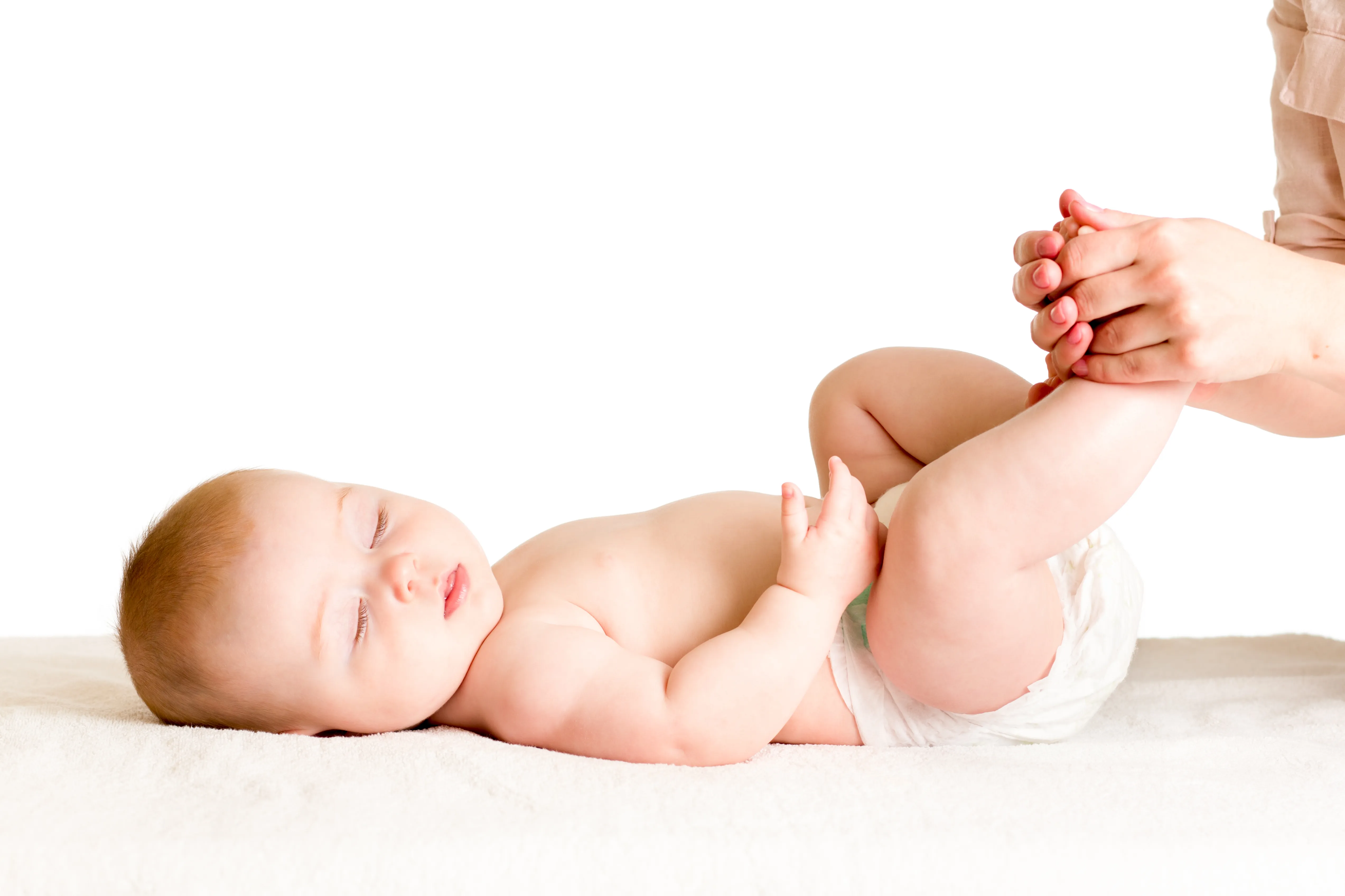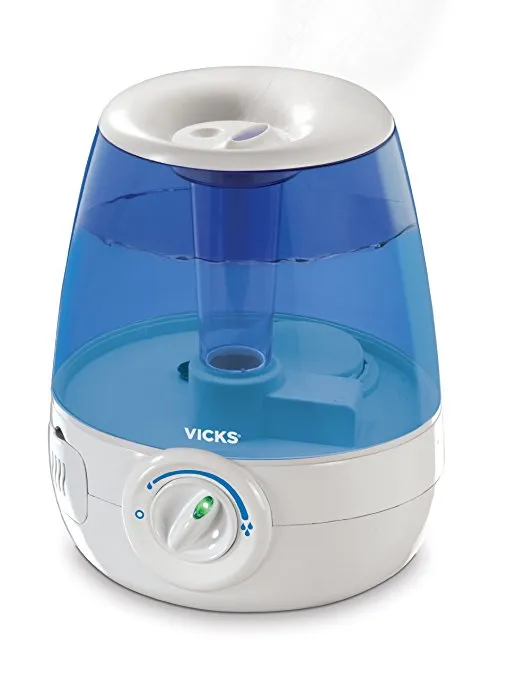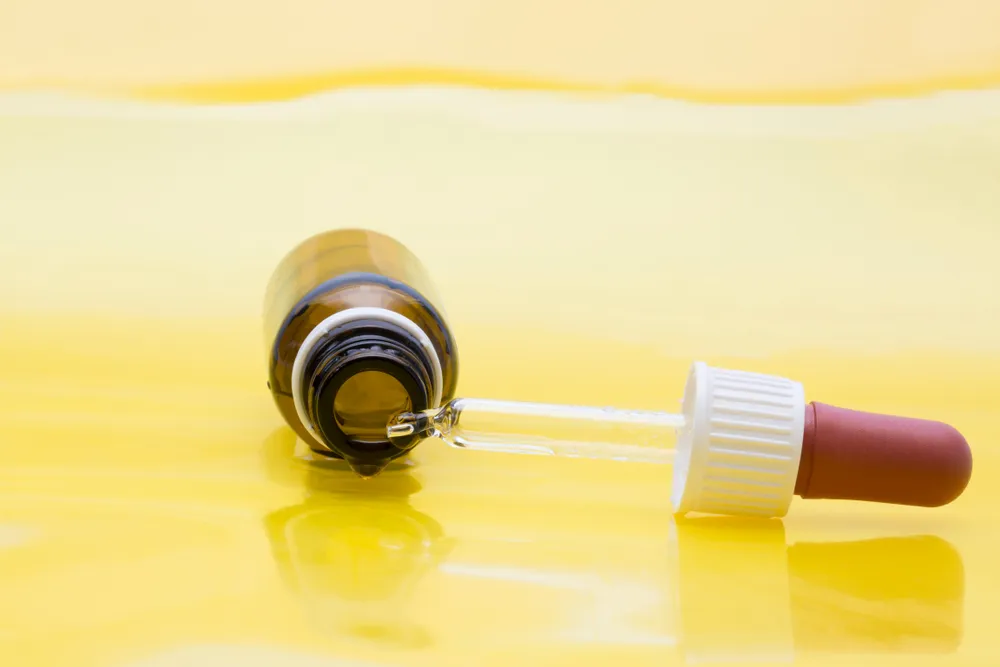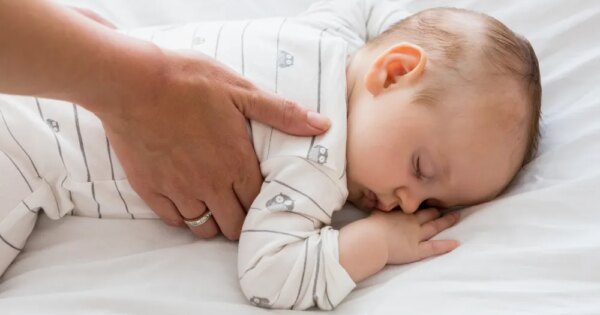My first born arrived in the first week of January, and now, our second is on the way this coming January as well. Venturing outside into slippery and bitterly cold winter conditions really isn’t anyone’s cup of tea — let alone doing it with a baby. Here is a list of some tips, tricks and advice to prepare for your baby’s first winter.
11. Dress In Layers
Infants lose heat faster than adults. Unlike adults, small babies lack the ability to to increase heat by shivering, and they don’t have the body fat needed to warm themselves back up. This is why it is important to dress your baby in layers. The rule of thumb is you should dress your baby in one more layer than you are wearing.
Choose breathable fabrics like cotton or muslin, and put on or take off clothes as needed. It is important to frequently check to see if your little one is comfortable. One way to determine if your baby is warm enough, check their toes and belly. Their toes should be on the cool side, but not too cold, and their belly should feel warm. If both their toes and belly feel warm, they may be overdressed. If their tummy is cool, it means that your little one is not able to warm them self and they need an extra layer of clothing put on.
10. No Coats/Snowsuits in the Car,
You may or may not have heard this before — but wearing a puffy coat or snowsuit in the car is not safe for babies, and should not be worn in their car seat. The reason they are not safe, is because in order to accommodate the extra bulky fabric you need to loosen the straps of their harness. This results in big gap between the seats harness and your child. If you were to get into an accident, your child could be seriously injured, and may even come completely out of their harness!
You can even do a simple test to prove this. First place your child in their car seat while wearing their bulky jacket, and harness them in. Then, without adjusting the harness, take your child out of the car seat, remove their coat, then harness them back in the seat and see if the harness is still snug. You will see that there is often a much larger gap, proving that it is dangerous to wear bulky coats while belted in. Instead, you should dress your baby according to the temperature your vehicle will be. Tuck a blanket around your child once they are harness is fastened securely around them, not before. Whenever possible, it is always best to preheat your vehicle before the baby gets in to ensure they are most comfortable.
You can also buy these safe and convenient Car Seat Covers from Amazon.
9. Bundle Up for Outdoor Walks
When you are outdoors with your little one – even if it is just for the walk to and from your vehicle, you should always bundle your baby up and protect them from the elements. When you are outdoors in below zero temperatures and bone-chilling windchill conditions, you will want to keep them layered up and keep their skin shielded from the elements — whether it is rain, snow, or wind. Use a waterproof car seat or stroller cover, if possible. This will help keep them protected and dry and it will help keep the heat in.
Keep your outings brief. If you want to get out for exercise purposes, consider going for a stroll in the mall or at a local indoor track that allows strollers. Being indoors is a far better idea. Remember to check your little one frequently for signs of discomfort. If their face is warm, red, and they are fussy — the are probably overheated. If their skin is cold to the touch, they are teary-eyed, and they are fussy — they are probably not bundled up enough. If your baby seems a bit lethargic, this could also be a sign that they are too cold — they wont necessarily be fussy.
8. Keep Hands Clean
Babies are constantly putting their hands in their mouth, nose and eyes, so it is super important to keep their hands (and your hands) clean, especially during the winter months when colds and flus are at their peak. Each feeding and diaper change you should scrub your little ones hands. Simply lather a wash cloth with soap and warm water to thoroughly clean their little hands. You should also wash your hands thoroughly too.
If you are out and don’t have access to a sink, use a hand sanitizer with at least 60% alcohol content on your own hands. Do not use this hand sanitizer on your child — the alcohol content can cause your baby’s skin to be irritated. Rather, use a child-safe hand and face wipe on their little hands.
7. Keep Skin Moisturized
Cold winter temperatures along with the lack of humidity and recirculated air, are all contributors to dry, itchy and scaly skin. Ensuring their skin is properly moisturized is very important. However, not all babies need moisturizer, so just monitor their skin for dryness, and only moisturize if necessary.
It is best to moisturize when their skin is wet — like after a bath. By doing this, it will lock in the moisture better. For best results, moisturize their skin within 3 minutes of taking them out of the bath. This is a great addition to your child’s bedtime routine! If your child’s skin is very dry, you should moisturize throughout the day in addition to after their bath to keep their skin well hydrated. Choose a fragrance free moisturizer and one that contains petroleum or mineral oil. They are the best for hydrating and preventing damage to the skins barrier. You could also try coconut oil!
6. Adjust the Bathing Routine
While on the topic of bath time, it is important to note that you should not be bathing your baby everyday. Infants should only be bathed every 3 days to avoid over drying and irritation of their delicate skin. The temperature of the water is also very important. It should feel comfortable, but not hot. The ideal bath temperature should be set at 100 degrees F.
As for how long they should be in the bath — little ones should spend 10 minutes (maximum) in the tub — less for a newborn child. If they stay in too long, or their bath water is too warm, it will speed up the process of dehydrating their skins barrier and will strip their skin of its protective oils.
5. Incorporate Massage into the Bedtime Routine
Massaging your baby (especially newborns) is great for so many reasons. It is a lovely way to bond with your child, and your relaxing touch will greatly help them when it comes to sleep. Massage has many other added benefits to your little one, including improving weight gain, aiding digestion, easing teething pain, and improving circulation!
Massaging in the winter is even more so important because it helps to improve blood flow and immunity levels. Try using something natural like olive oil or coconut oil! Incorporating massage to your little ones bedtime routine would make a great addition. Remember to keep the room warm while massaging!
4. Adjust the Room Temperature
The temperature indoors during the winter is just as important as the temperature outdoors. Indoor hearing has low humidity, and that lack of moisture in the air contributes to the drying of your baby’s delicate skin. During the day, you should set your thermostat between 68 degrees F and 72 degrees F — ideally 70 degrees F!
While your little one is sleeping, however, you should set your thermostat lower — between 65 degrees F and 68 degrees F. The slightly cooler temperature will not only benefit their delicate skin, but it will also reduce the risk of SIDS. If you are concerned your little one will be cold, dress them in a breathable cotton sleeper and sleep sack to ensure they are warm enough.
3. Use a Humidifier
Another way to ensure their is adequate moisture in the air in your home is by using a humidifier. When my son was little, I used the humidifier quite frequently. Humidifiers are also great when you sense they have a cold coming on, or they are a bit stuffed up. The extra moisture is great for helping them breath easier.
Using a humidifier will increase the water content in the air, combating the drying effects of heating. Make sure that you change the water in your humidifier frequently to avoid mold, and keep the unit itself out of reach of your little one. Humidifiers are a must have — especially for little ones in the cold, winter months!
2. Give Your Little One Vitamin D Drops
While breast milk is the best source of nutrients for your baby, it likely will not provide enough vitamin D for them. Your baby needs vitamin D to absorb calcium and phosphorous — too little vitamin D can cause rickets, a softening and weakening of their bones.
Sunshine is a good source of vitamin D — which as we know, in the winter — it is very scarce. This is why it is important to incorporate vitamin D drops into their diet. Vitamin D also helps to improve immunity, which is also important — especially in the winter when there are more germs and sicknesses going around. I always gave a drop of vitamin D at bedtime. It is a quick and easy step to add to your child’s bedtime routine.
1. Build Their Immunity to Combat Illness
Speaking of germs and sickness, the winter time is often the time of year when people are getting sick. Children get on average 6 to 10 colds every year between the months of October and May. So, if you have other little ones in your household, this could put your baby at a greater risk of getting sick too. When they are a baby, their immune system is still maturing. One of the best things we can do for our baby to ensure they are getting the immunity-building vitamins and minerals is by feeding them formula, or better still, breast milk.
If your little one is over 6 months old, you can even speak to your child’s doctor about getting immunizations to prevent Influenza which can be extremely dangerous for little baby’s — leading to severe lung infections and possibly even death. If your little one is under 6 months of age, and you had a flu vaccine when you were pregnant, you will have actually passed on your flu-fighting antibodies in utero and your baby will be protected for 6 months after birth! If you are nursing, antibodies may also be passed on in your breast milk. Talk to your doctor to discuss vaccines against Influenza, whooping cough, and other vaccine-preventable illnesses. If you do notice your child is sick, do not hesitate to bring them in for a check up. Don’t wait, as it can develop into something worse. Have a safe and happy winter with your baby this year!

